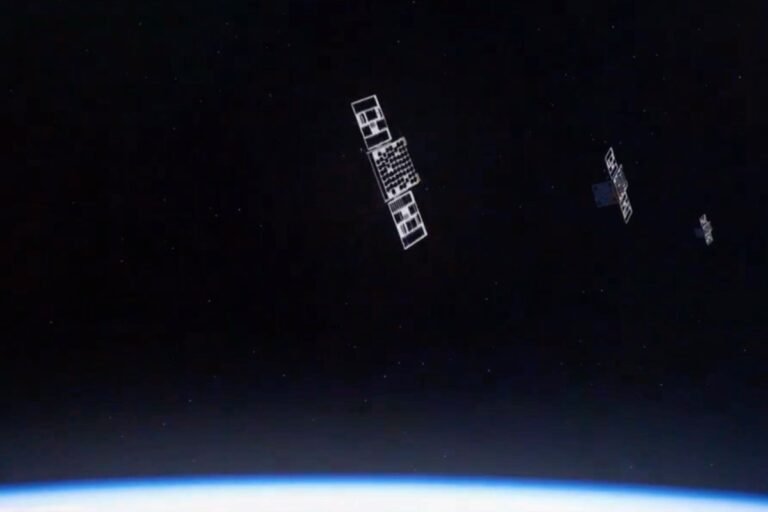Pixelan Indian space technology startup, successfully launched the first three hyperspectral satellites of its commercial Firefly constellation on a SpaceX rocket from California, marking a major milestone for India’s growing space ambitions.
India is home to around 300 space startups and has gained global attention for recent developments, including the successful landing of its lunar spacecraft at the South Pole, the launch of a coronagraphy spacecraft and collaboration with NASA to join the Artemis Accords. Moreover, India is planning to launch it first manned spacecraft mission next year, have a space station by 2035 and send an astronaut on a three-day mission to the moon until 2040.
The latest launch is the start of commercial operations for Bengaluru-based Pixxel, which took place from the Vandenberg Space Force Base on Tuesday at approximately 10:45 am. PT as part of SpaceX’s Transporter-12 mission. Hyperspectral satellites have gained popularity among space companies as large companies and governments seek information on deforestation, ocean pollution, oil spills and water quality. While drones can provide some data, satellites are generally more effective and efficient in most of these cases.
The three satellites are part of the five-year-old startup’s first commercialization phase, which will include three more by the second quarter and a total of 18 to 24 satellites by 2026-2027, its chief said in an interview hours before the launch.
“It is the world’s highest resolution hyperspectral satellite constellation and India’s first private commercial constellation,” Pixxel co-founder and CEO Awais Ahmed told TechCrunch.
Pixxel built it Firefly Satellites to provide hyperspectral imagery at five meter resolution, covering a width of 40 kilometers (~25 miles). The satellites can capture data in more than 150 spectral bands to detect subtle changes in chemical composition, vegetation health, water quality and atmospheric conditions. Built-in narrowband sensors help find hidden patterns and anomalies, which can be useful for agricultural and climate applications.
The startup has signed up more than 60 clients in recent years, including India’s Ministry of Agriculture, British Petroleum and NASA. Some are already receiving hyperspectral imaging data via demonstration satellites launched in 2021 and 2022, but the six satellites the startup plans to launch this year will carry “much more data than the demonstration satellites,” Ahmed said.
“It’s like hearing a musical note, you understand what keys it’s made of, and those keys we’re trying to pick out with hyperspectral data,” Pixxel co-founder and CTO Kshitij Khandelwal told TechCrunch.
The satellites will orbit in a sun-synchronous orbit at about 342 miles. While the first three satellites will help Pixxel launch its commercial operations, they will not provide daily global coverage, providing information every two to three days. Pixxel executives said they need to add three additional satellites for daily coverage.
Commercial satellites also include native propulsion systems to help them stay in a precise orbit for up to seven years, compared to a lifespan of one and a half to two years for demonstration satellites.
Startups like Esper, Orbital Sidekick and Wyvern are trying to attract customers in this area. But Ahmed told TechCrunch that Pixxel is so far the only player offering truly five-meter hyperspectral satellites.
“Some of them do multispectral… but still at about eight wavelengths. With hyperspectral, we are able to do 150 wavelengths in five meters, and that is what sets us apart from the existing players,” he said.
On why Pixxel chose a SpaceX rocket over an Indian Space Research Organization (ISRO), Ahmed said it was simply the launch time and orbital parameters.
Pixxel, which has raised $95 million in funding so far, counts among its key investors Accenture Ventures, Google, Lightspeed Venture Partners and Radical Ventures.
Ahmed told TechCrunch that beyond Google’s investment, Pixxel is exploring how it can integrate its hyperspectral satellite information with Google Earth and other Google products and services.
Last year India announced a venture capital fund of $116 million for space developments. The country also introduced a dedicated space policy and updated its foreign direct investment policy for overseas investment to continue expanding its global footprint in the space industry.
